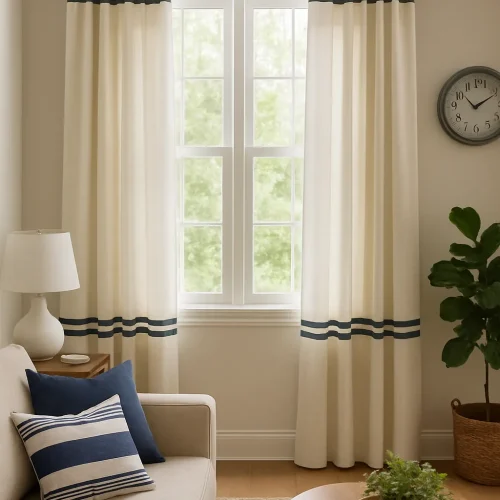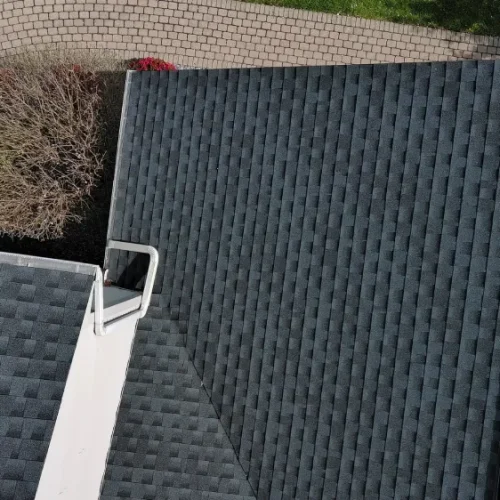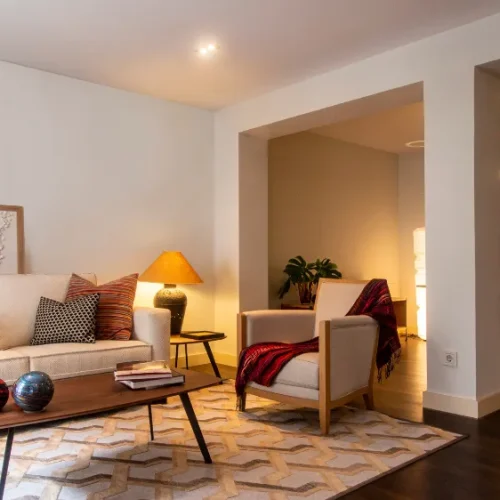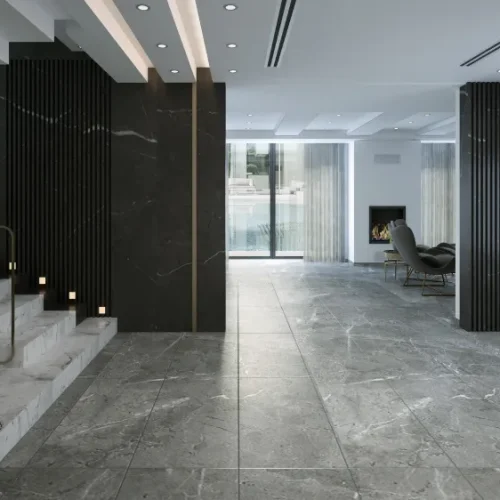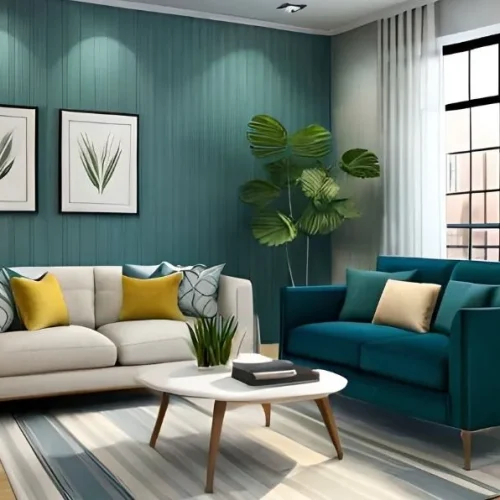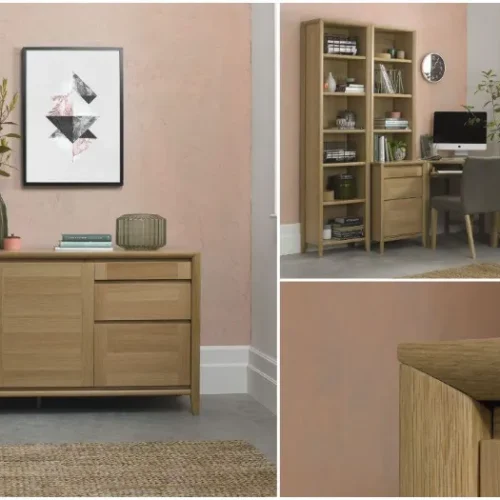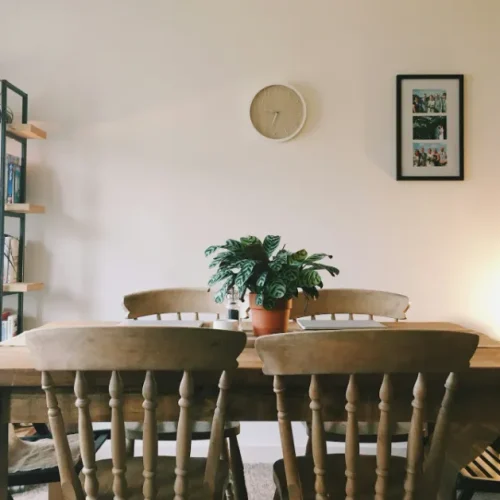When planning a perfect interior, few things are as visually powerful as the harmony between your floor and your doors. The right combination creates a seamless flow, while a mismatch can ruin even the most expensive renovation. If you’re still exploring options, look at this inspiring collection of interior doors that demonstrate how door color balance can transform your space.
Choosing the right door color for laminate, parquet, or tile is not just a question of fashion. It is a decision that influences how light spreads in the room, how big or small it feels, and even the mood of everyone living there. Each tone, each subtle shift between flooring and the door surface, creates an atmosphere that speaks louder than words.
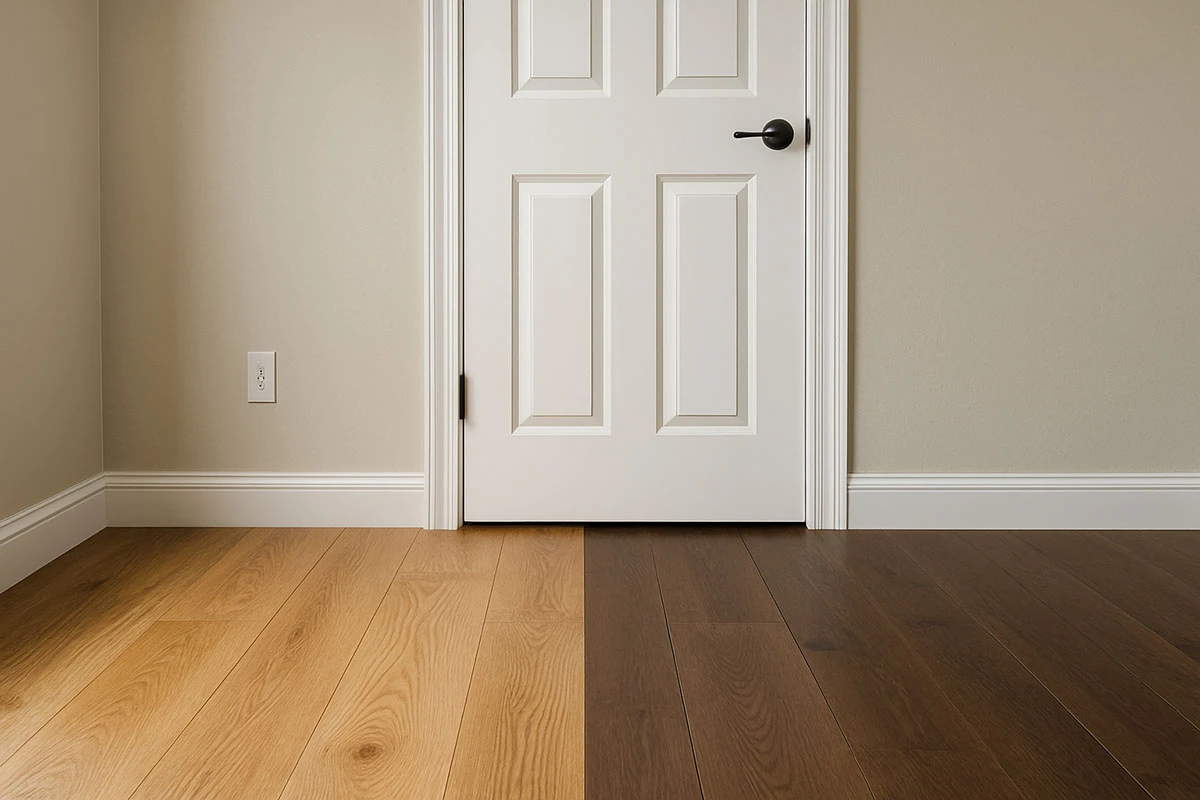
Sometimes the choice is subconscious — you enter a space and immediately feel at peace or, on the contrary, sense discomfort. Much of this comes from how the elements of color and texture were combined.
The art of harmony between floor and doors
Imagine entering a home where the flooring softly embraces the doors, blending tones into a continuous melody. That is the magic of choosing wisely. Floors often act as a canvas, and doors are the accents, the brushstrokes that define style. They can either make the room look airy and spacious or, on the contrary, create depth and dramatic character.
Some homeowners chase contrasts, others prefer gentle transitions. Both can be beautiful — what matters is understanding your room’s personality. A light laminate, for instance, may sparkle when paired with pure white doors, while a deep walnut parquet might demand strong, darker shades to keep dignity and balance. The harmony lies not only in choosing the right tones but also in the emotional resonance they create.
When you consider this harmony, think about the feeling you want to have when you walk into the room. Do you prefer calmness and unity? Or do you want a bold statement that draws attention? The answer will guide your decision. Very often, the best solution is to treat doors not as a separate object, but as a part of a wider story where walls, furniture, floors, and lighting all interact.
“Your door color is not an accessory. It is the signature of your interior style.”
Matching with laminate floors
Laminate is versatile and comes in countless shades, from pale ash to deep oak. The choice of door color depends on the effect you want to achieve. Designers often recommend focusing not only on color, but also on the texture and gloss level, since laminate often imitates natural wood or stone.
- For light laminate, pick doors in white, beige, or soft gray
- For medium tones, choose natural wood shades like oak, maple, or cappuccino
- For dark laminate, doors in deep wenge, walnut, or graphite create sophistication
Laminate floors are often chosen for practicality, but that doesn’t mean you need to sacrifice beauty. Imagine a living room with light ash laminate and snow-white doors — the space immediately looks bigger, fresher, and filled with light. In contrast, if you select a darker laminate and pair it with dark doors, the room becomes intimate, cozy, and almost theatrical.
If your laminate imitates stone or unusual patterns, consider solid neutral doors. They will balance the texture without stealing attention. This way, the floor remains the hero, and the doors become the frame that holds everything together. The subtle play of gloss, grain, and finish can highlight the uniqueness of laminate, turning a simple material into something stylish and elegant.
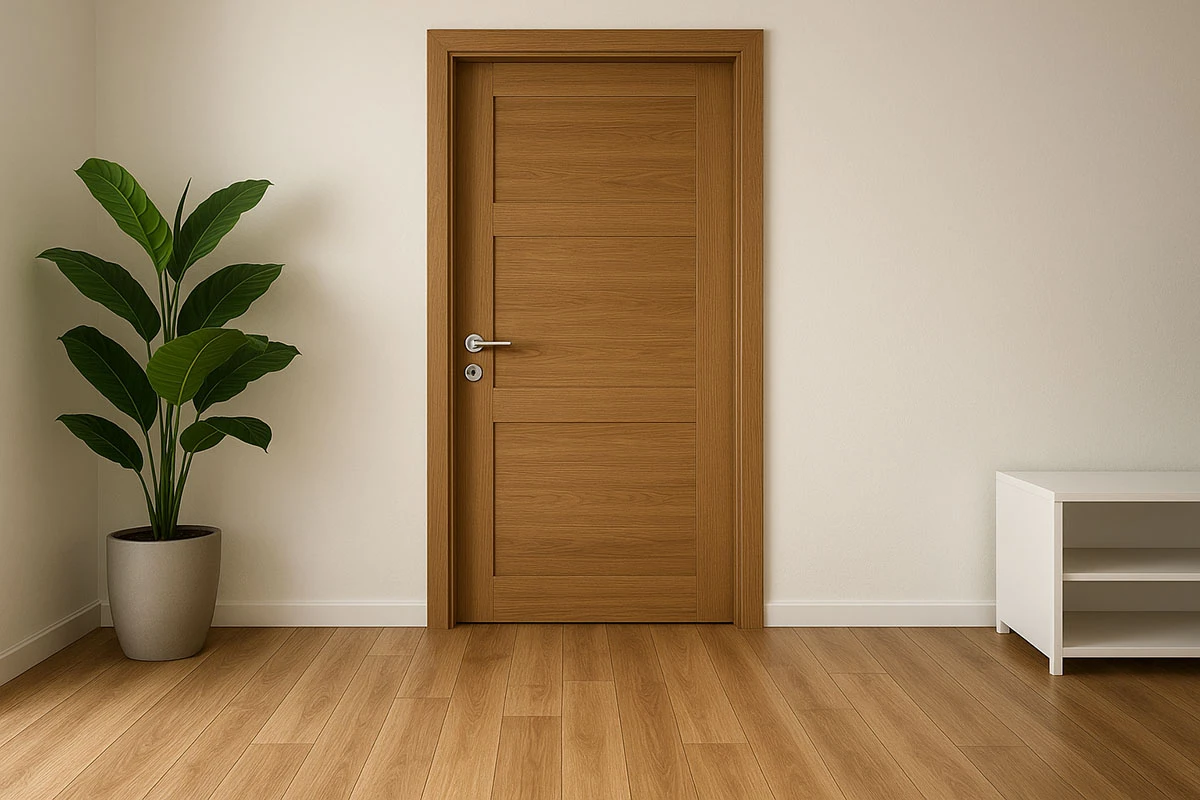
Another important detail is lighting. Laminate often changes color tone under artificial light. What looks cool and gray in daylight may appear warmer and beige in the evening. That’s why matching doors should always be tested in different conditions.
Pairing with natural parquet
Parquet flooring is timeless, elegant, and full of character. Because of its organic warmth, the door color must enhance, not compete. Every piece of parquet is unique, with shades that shift depending on the light. That is why the right door tone creates continuity and elegance.
- Light parquet works beautifully with ivory, cream, or pastel doors
- Honey or golden tones love natural oak or cherry shades
- Dark parquet invites contrast — white, milk, or ash doors make the floor stand out
When parquet is laid in herringbone or chevron, think of doors as the “frame” that calms down the geometry. Smooth matte finishes often work best here. A perfectly chosen door can highlight the craftsmanship of parquet, turning the floor into the jewel of your home.
Consider also the mood of the space. With golden parquet, a warm-toned door adds a sense of sunshine that lasts even on gray days. With dark, luxurious parquet, a white or cream door can create contrast that feels like a sophisticated dialogue between light and shadow. Parquet always demands respect: it is not just flooring, it is a symbol of stability, heritage, and elegance. Choosing doors for it is like choosing the right companion for a person of noble character.
Coordinating with tile floors
Tiles are often found in kitchens, bathrooms, and hallways, where practicality meets design. Here the door must not only match color but also stand strong against moisture and cleaning routines. Unlike wood, tile reflects more light and creates a colder atmosphere, so the right door shade softens the look.
- Neutral gray tiles shine next to graphite, black, or metallic-tinted doors
- Warm beige or sand tiles look natural with brown or cappuccino doors
- Marble-effect tiles crave elegance — glossy white or cream doors are a classic solution
- Patterned tiles should be paired with minimalist solid doors to avoid visual chaos
Picture a hallway with gray industrial-style tiles and matte anthracite doors — the result is sleek, modern, and elegant. Or imagine a bathroom with beige tiles and cappuccino-toned doors: the whole space feels warm and welcoming, almost like a spa. Tiles create rhythm and repetition, and the door, when chosen wisely, adds a focal point that brings harmony.
Remember that tiled floors reflect light differently than wood. Matte doors often balance out glossy tile surfaces, while glossy doors can make the room brighter but also colder. Choosing the right finish is just as important as the right shade. Even the handle or lock can influence the overall mood, so every detail matters.
Universal rules for color matching
Sometimes you just want simple guidance without endless samples. Here are universal principles that always work:
- Light with light, dark with dark — safe combinations that never fail
- Contrast carefully — one element should dominate, the other should highlight
- Balance warm and cool tones — oak and walnut for warmth, gray and graphite for modern coolness
- Think of continuity — the more open your plan, the more the doors and floors must flow together
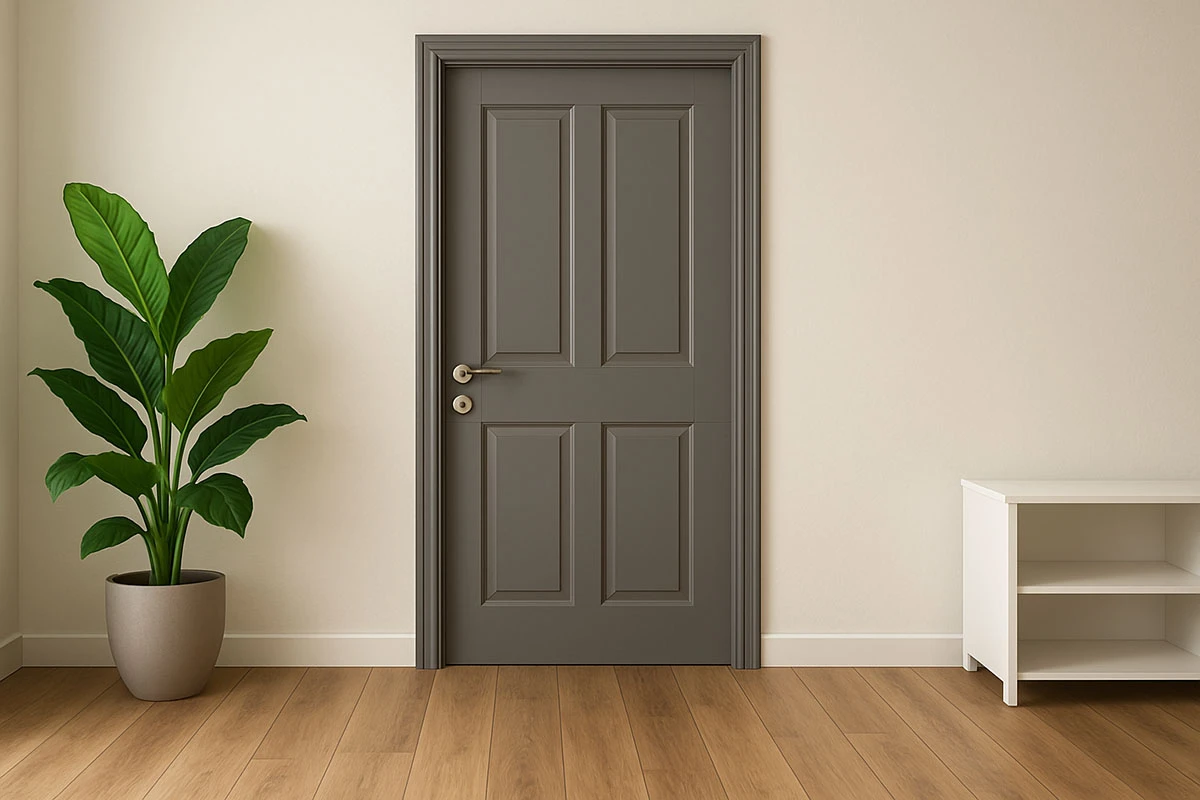
These rules may sound simple, but they save you from the stress of endless trial and error. They are the timeless formulas that designers secretly rely on when asked to create balance in a home. The main thing is to think not only about color itself but also about the “dialogue” between all surfaces: walls, ceiling, furniture, and decor.
And if in doubt, order color samples. Place them against your floor in daylight and evening lighting. You’ll instantly see what feels right. Sometimes your intuition speaks louder than any professional advice. The human eye and heart often know the answer long before logic does.
Trends and bold solutions
Interior fashion in 2025 encourages homeowners to experiment. Designers suggest trying black doors with light oak flooring or even colored options like pastel blue against gray laminate. These trends show that individuality is now more important than following tradition.
Such choices are for the brave, but they reward with uniqueness. In modern lofts, for example, anthracite doors paired with concrete-style tiles create a dramatic, cinematic effect. Meanwhile, in a playful family apartment, pastel or even bright-colored doors bring joy and character to the space. There is no longer a rule that says doors must always be neutral; now they can be accents, characters, or even statements of personality.
“Do not be afraid of bold color decisions — sometimes they become the very soul of your home.”
When you add courage to your design, your home becomes more than just a set of rooms. It turns into a story, told through colors and textures, where every detail reflects the personality of the people living inside. Bold contrasts, daring shades, and unusual pairings are no longer considered mistakes but a sign of creativity.

